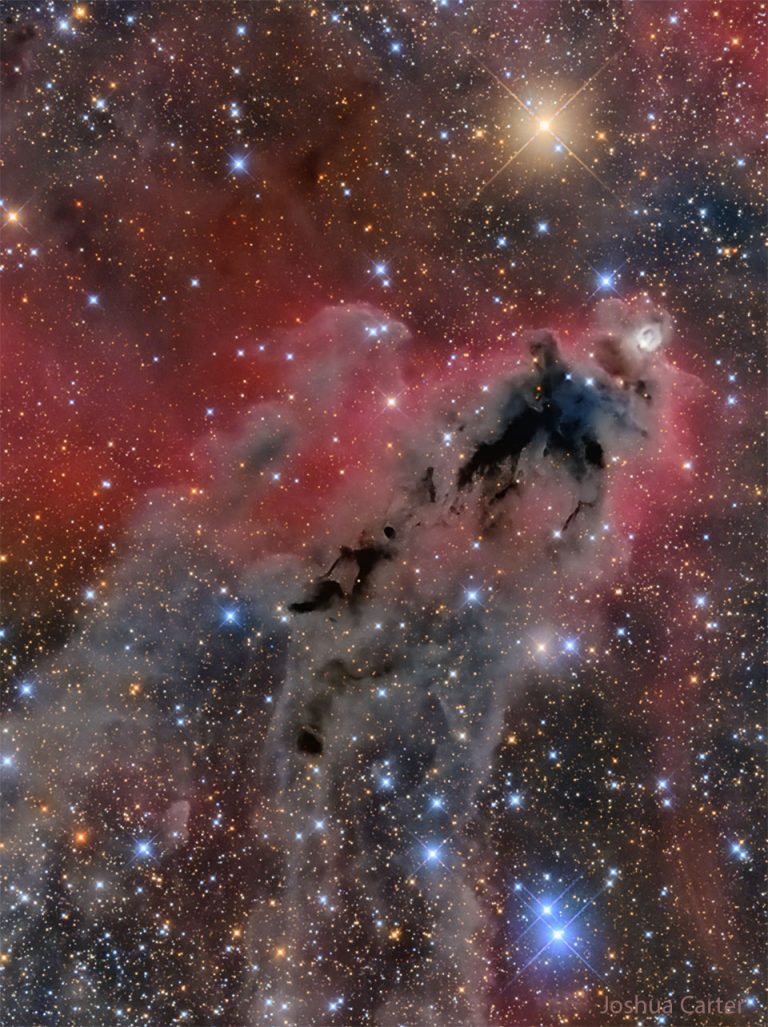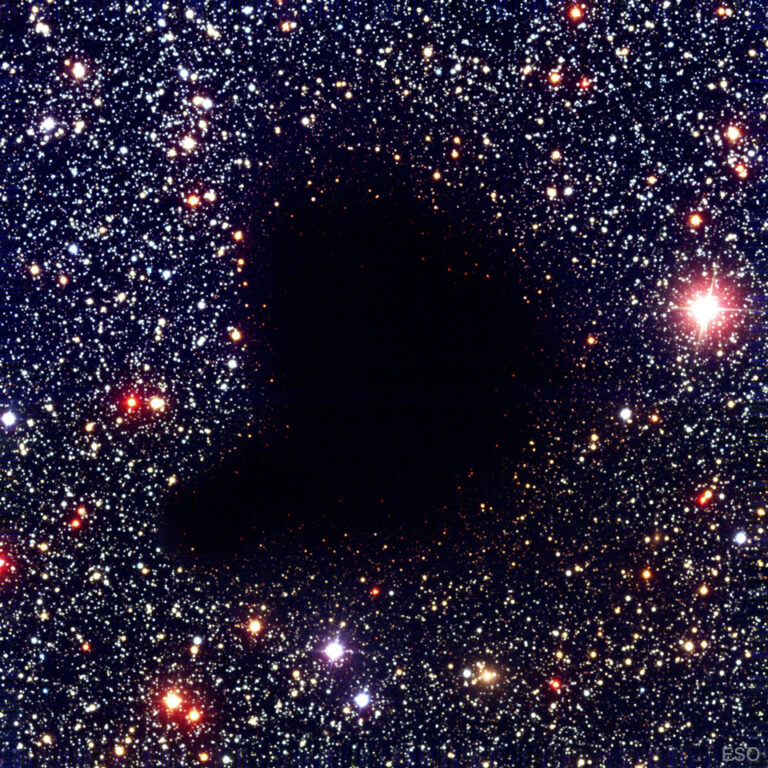2023年1月25日 LDN 1622: The Boogeyman Nebula Image Credit & Copyright: Joshua Carter Explanation: To some, the dark shape looks like a mythical boogeyman. Scientifically, Lynds’ Dark Nebula (LDN) 1622 appears against a faint background of glowing hydrogen gas only visible in long telescopic exposures of the region. In contrast, the brighter reflection nebula vdB 62 is more easily seen just above and to the right of center in the featured image. LDN 1622 lies near the plane of our Milky Way Galaxy, close on the sky to Barnard’s Loop, a large cloud surrounding the rich complex of emission nebulae found in the Belt and Sword of Orion. With swept-back outlines, the obscuring dust of LDN 1622 is thought to lie at a similar distance, perhaps…




